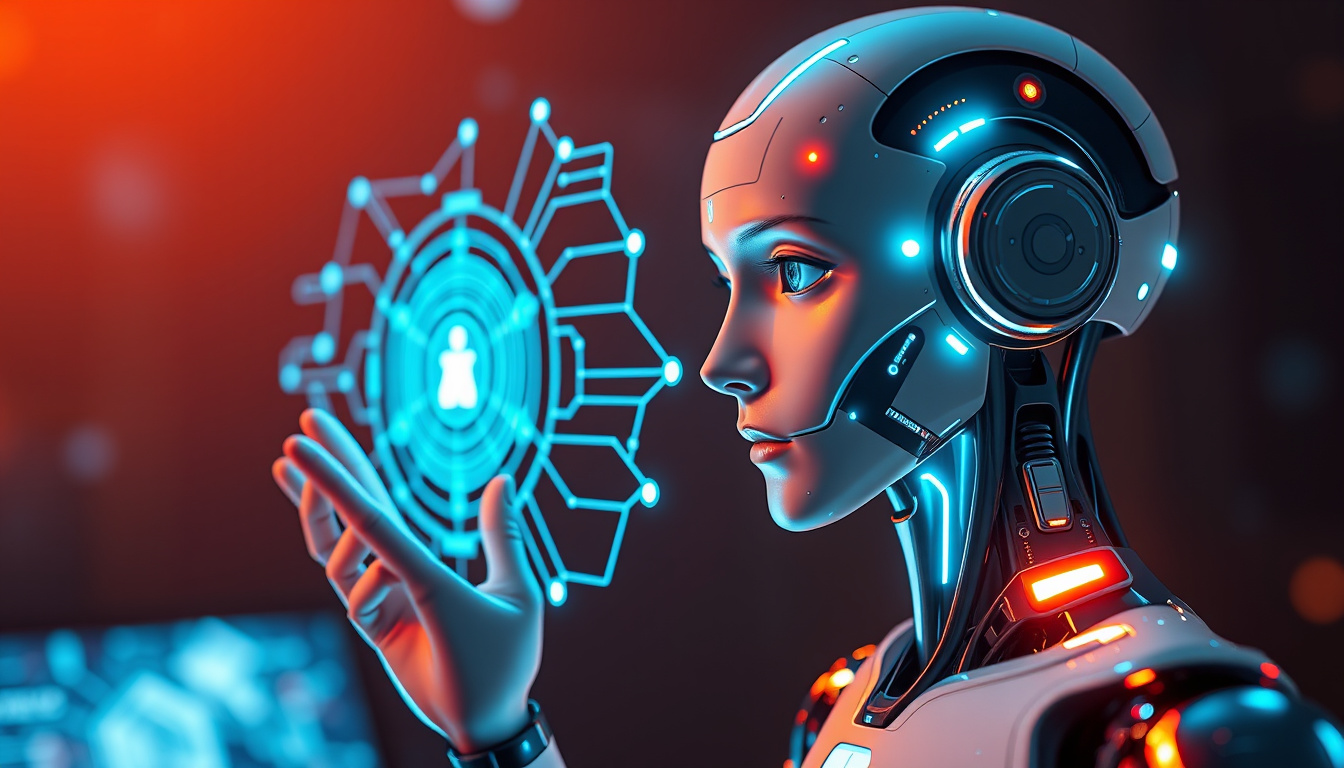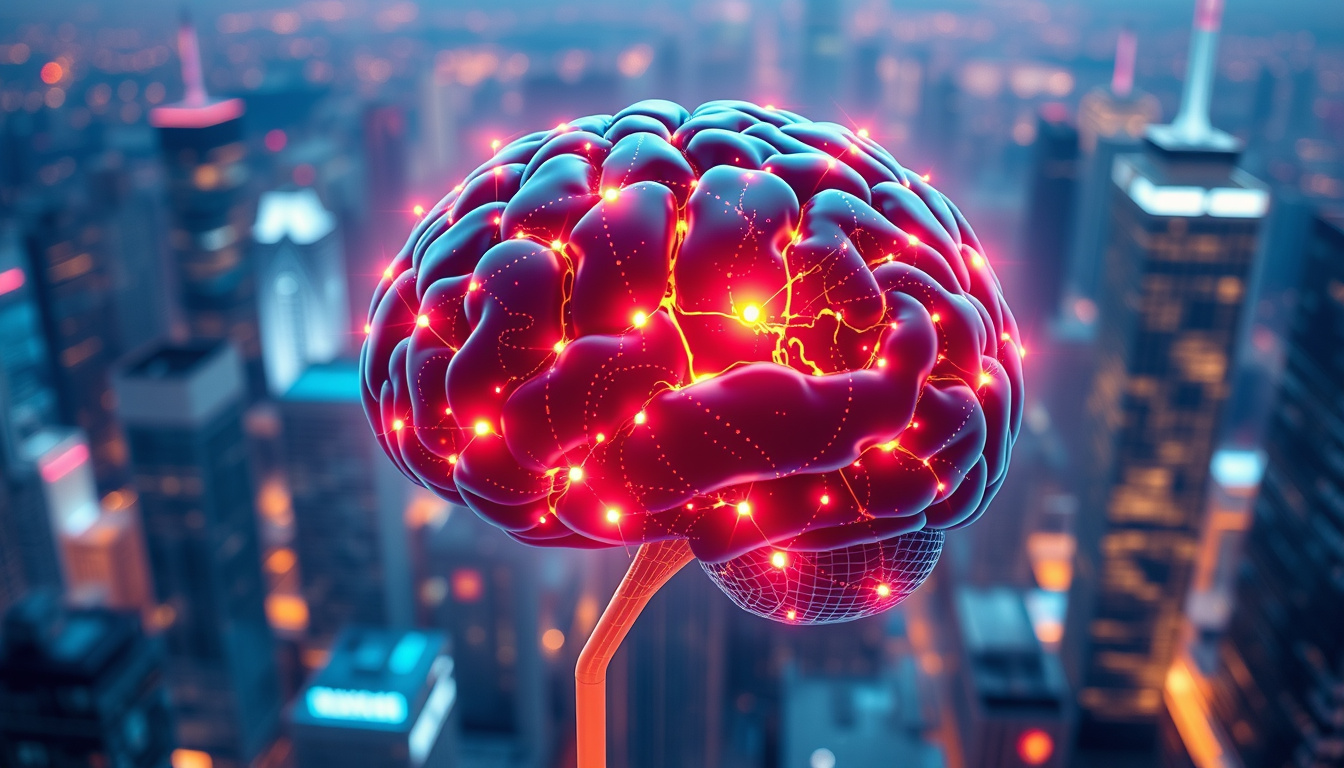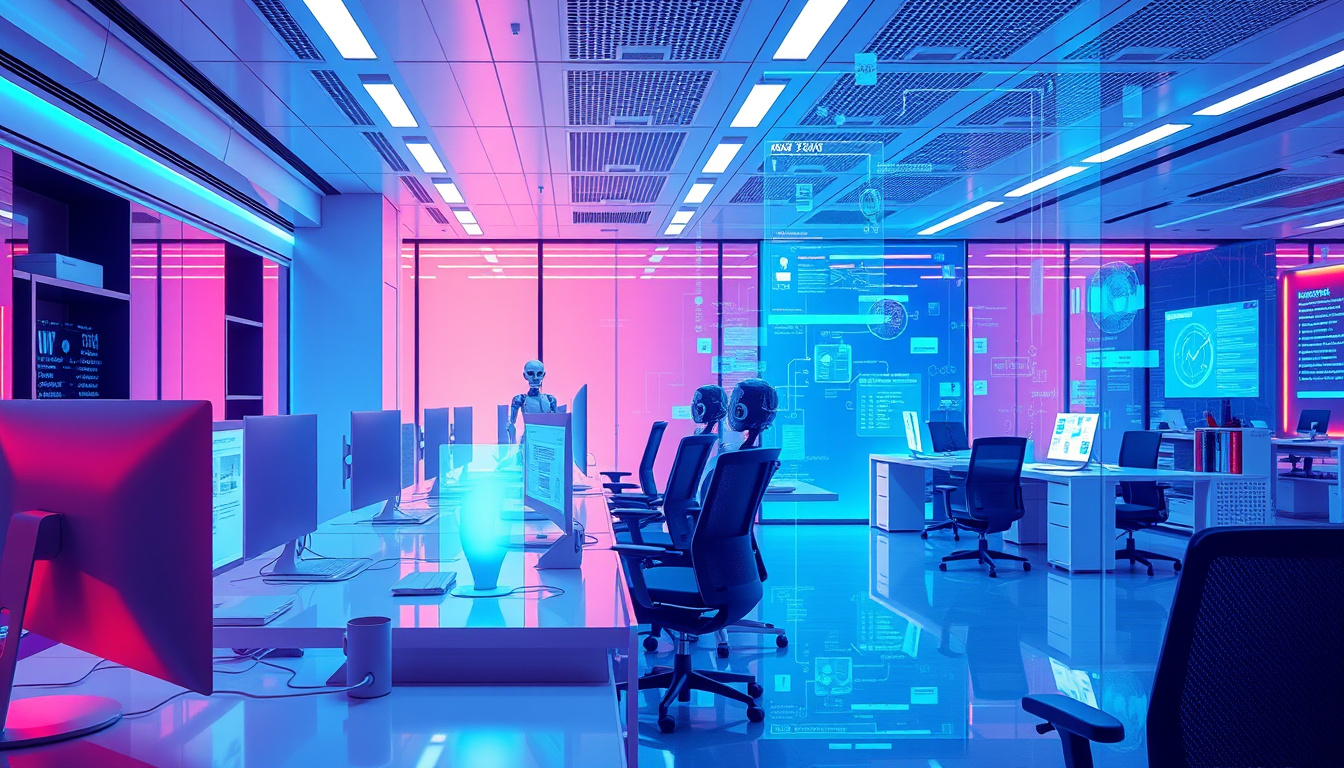In the rapidly evolving landscape of smart technology systems, agent autonomy has become a transformative concept driving innovation and efficiency. Agent autonomy refers to the capability of software agents or intelligent systems to operate independently, make decisions, and adapt to changing environments without human intervention. This capability is critical for advancing smart systems in sectors ranging from home automation to industrial robotics, enhancing both system performance and user experience.
This article delves into what agent autonomy is, its importance in smart technology systems, and how it is unlocking new potentials that previously seemed unattainable. Whether you’re a technology enthusiast, developer, or business leader, understanding agent autonomy is essential to harnessing the full potential of intelligent systems that shape our future.
What Is Agent Autonomy?
Agent autonomy involves a software or hardware agent’s ability to self-govern its behavior and decisions autonomously. Such agents are embedded within smart technology systems, where they analyze real-time data, learn from it, and act independently to achieve predefined goals or optimize specific outcomes.
Autonomous agents can range from simple rule-based bots to advanced AI-driven entities capable of complex problem-solving and strategic planning. Their core characteristics include:
- Independence: Acting without constant human oversight.
- Proactivity: Initiating actions based on internal goals.
- Reactivity: Responding dynamically to environmental changes.
- Social Ability: Interacting and collaborating with other agents or humans.
In smart technology systems, agent autonomy facilitates smoother operation while reducing human workload and error rates.
Importance of Agent Autonomy in Smart Technology Systems
Smart technology systems integrate sensors, actuators, and data analytics to perform tasks intelligently. Here, agent autonomy enhances system capabilities in several ways:
1. Increased Efficiency and Responsiveness
Autonomous agents can process data and respond to changes immediately, eliminating delays associated with manual controls. For instance, in smart energy grids, autonomous agents can adjust power distribution in real-time to optimize usage and prevent outages.
2. Scalability and Flexibility
Agent autonomy supports decentralized control architecture, allowing systems to scale as new agents are added without bottlenecking centralized resources. This decentralization also improves flexibility by permitting different agents to specialize in distinct tasks tailored to their environment.
3. Improved Decision-Making
By utilizing machine learning and adaptive algorithms, autonomous agents can evolve their strategies based on accumulated experience. This continuous learning approach surpasses static, rule-based systems, supporting smarter decisions over time.
4. Enhanced Robustness and Fault Tolerance
When one agent in a network fails, others can adapt and compensate, ensuring uninterrupted system functioning. Agent autonomy thus contributes to resilient smart systems that maintain service under adverse conditions.
Practical Applications of Agent Autonomy in Smart Systems
Agent autonomy powers numerous real-world smart technology applications. Some notable examples include:
Smart Homes and Buildings
Home automation systems employ autonomous agents to manage lighting, heating, and security, adjusting settings based on occupancy patterns and user preferences without manual input.
[h3>Industrial AutomationIn manufacturing, autonomous robots coordinate logistics, assembly, and quality control tasks autonomously, reducing downtime and increasing productivity.
Transportation Systems
Autonomous vehicles and traffic management systems use agents to navigate routes, avoid congestion, and optimize travel times, contributing to safer and more efficient urban mobility.

Healthcare Monitoring
Wearable devices with autonomous agents continuously monitor vital signs, detecting anomalies, and alerting medical professionals when intervention is necessary.
Key Challenges in Implementing Agent Autonomy
Despite its advantages, integrating agent autonomy into smart technology systems presents several challenges:
- Complexity of Coordination: Managing interactions among multiple autonomous agents requires sophisticated protocols to avoid conflicts and ensure cooperation.
- Security and Privacy Risks: Autonomous agents operating independently may be vulnerable to cyberattacks or misuse of sensitive data.
- Ethical and Regulatory Concerns: Autonomous decisions can raise questions about accountability, especially in critical applications like healthcare or transportation.
- Computational Resource Constraints: Some agents demand significant processing power and energy, which may limit deployment in constrained environments.
Addressing these challenges involves ongoing research, development of standardized frameworks, and collaboration across stakeholders.
How to Design Effective Autonomous Agents: Best Practices
Designing autonomous agents that deliver robust performance within smart technology systems requires careful planning. Here are essential best practices:
- Define Clear Objectives: Establish specific goals that agents are designed to achieve.
- Employ Modular Architectures: Facilitate updates and improvements by building agents with modular components.
- Integrate Learning Capabilities: Use machine learning methods to enable adaptability.
- Optimize Communication Protocols: Ensure effective coordination and data sharing among agents.
- Implement Security Measures: Use encryption, authentication, and anomaly detection to safeguard agents.
- Test in Realistic Environments: Validate performance under diverse scenarios to identify limitations.
Frequently Asked Questions About Agent Autonomy
Q1: What is the difference between agent autonomy and automation?
Automation typically involves predefined scripts or routines that operate without variation, while agent autonomy implies self-directed adaptation, decision-making, and learning capabilities that allow agents to handle complex and unforeseen situations.
Q2: Can agent autonomy improve the energy efficiency of smart systems?
Yes. Autonomous agents can optimize energy consumption by dynamically adjusting settings based on real-time conditions, reducing waste and costs in systems like smart grids and buildings.
Q3: What industries benefit the most from agent autonomy?
Industries such as manufacturing, transportation, healthcare, energy management, and smart homes notably benefit due to the increased efficiency, adaptability, and resilience provided by autonomous agents.
Authoritative Insight on Agent Autonomy in Smart Technologies
According to a report by the Institute of Electrical and Electronics Engineers (IEEE), agent autonomy is pivotal to the development of next-generation smart systems, enabling devices and services to operate more intelligently and collaboratively (source). The report emphasizes that enhanced autonomy will be fundamental to realizing the vast potential of the Internet of Things (IoT) and cyber-physical systems.
Conclusion: Embrace Agent Autonomy for a Smarter Future
Agent autonomy is not merely a technological advancement—it is a paradigm shift revolutionizing how smart technology systems function and interact with the world. By empowering agents to operate independently and intelligently, we unlock new efficiencies, adaptability, and robustness across a diverse range of applications.
For businesses and developers seeking to innovate in smart technology, integrating agent autonomy is an undeniable imperative. It promises not only to enhance current system capabilities but also to open doors to novel functionalities that redefine user experiences.
Start exploring agent autonomy integration today, and be at the forefront of building smarter, more responsive systems that meet the dynamic demands of tomorrow’s world. The future of smart technology depends on active, autonomous agents—and the opportunities to transform how we live and work are boundless.




